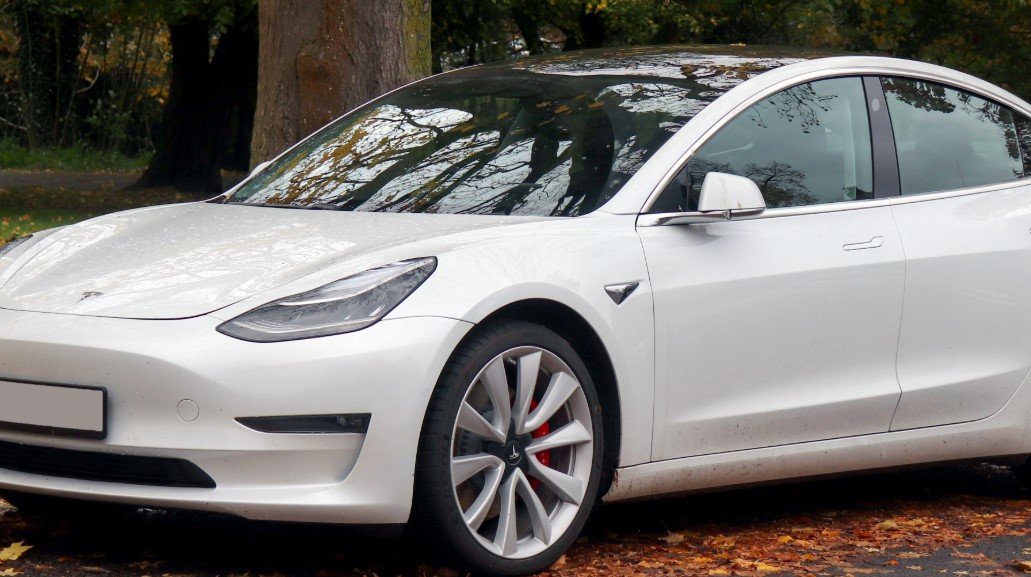Tesla’s grip on Europe is slipping fast. Sales in April took a nosedive, falling by more than 50% compared to last year — a startling drop in a market that’s actually growing. What’s behind this sharp slide? And how might it shake up the wider electric vehicle (EV) landscape on the continent?
Europe’s electric car market keeps climbing, but Tesla’s latest numbers tell a different story.
Tesla’s European Sales Take a Hit While EV Market Grows
In April, Tesla sold just 5,475 cars across the European Union — down from 11,540 in April 2024. That’s a massive 52% drop, according to data released by ACEA, the European auto industry group. When factoring in the wider region including the UK and EFTA countries, the decline was nearly as steep, at 49%.
Interestingly, while Tesla’s numbers nosedived, the overall European car market grew slightly, up 1.3% year-on-year. Battery-electric vehicles (BEVs) are steadily gaining ground, too, with sales up 26.4% so far this year and capturing more than 15% of total new car registrations.
The disconnect between Tesla’s slump and the EV market’s growth is striking. It suggests the problem isn’t a lack of appetite for electric vehicles, but something more specific to Tesla.
Tesla’s sales have been hit by a few factors recently. The company’s lineup has been in flux, with the Model Y undergoing a refresh that temporarily slowed deliveries. But that alone doesn’t explain the steep fall.

Musk’s Controversies and Competition Take Their Toll
Elon Musk’s public image has become a headache for Tesla in Europe. His outspoken support for controversial political figures, including ties to the Trump administration, has sparked protests outside Tesla showrooms. The slogan “Love the car, not the CEO” has echoed across the continent, highlighting a growing rift between the brand’s cars and its leader’s politics.
It’s hard to say how much of the sales drop comes down to this, but the timing is suspicious. Tesla sales have been slipping all year, coinciding with the height of Musk’s political entanglements.
Meanwhile, rivals are gaining ground. Chinese EV maker BYD outpaced Tesla in European sales for the first time last month, according to research firm Jato Dynamics. That’s a big deal. BYD’s growing presence adds fresh pressure in a fiercely competitive market.
Tesla’s unique challenges aren’t just about public relations. Supply chain issues and logistical hiccups continue to cause headaches. Plus, European customers often favor local brands that align better with regional preferences and policies.
So far, Tesla’s “super focused” CEO Musk says he’s putting his energy back into the core businesses — Tesla, SpaceX, and the new AI venture xAI. But will this renewed focus be enough to turn the tide?
US-EU Trade Tensions Add Fuel to the Fire
Tesla’s troubles come as the US and EU navigate a tricky trade situation. The US recently delayed imposing a 50% tariff on EU imports, a move welcomed by European markets. This tariff threat had raised alarm bells, potentially impacting a range of industries, including automotive.
While Tesla’s European sales problems seem mostly homegrown, these larger trade uncertainties add to the haze. Tariffs can rattle investor confidence and complicate supply chains, making it harder for companies like Tesla to plan ahead.
European governments and industries are hopeful for a quick resolution to the trade standoff. But even a delay isn’t a total reprieve — uncertainty lingers, and companies face an uphill battle adapting to any new costs or regulations.
German Economy’s Woes Could Affect the EV Market
It’s worth noting that Europe’s biggest economy, Germany, is facing serious headwinds. The German Chamber of Commerce and Industry recently forecast that the economy will shrink by 0.3% in 2025, marking its third straight year of contraction. Export demand is expected to weaken, with nearly a third of surveyed companies predicting a fall.
Why does this matter for Tesla? Germany is one of Europe’s largest auto markets and a hub for EV innovation. A sluggish economy means consumers may delay big purchases like new cars. And businesses might pull back on investments that support EV infrastructure and innovation.
Tesla’s faltering sales come amid this gloomy backdrop, making the company’s European comeback even tougher.
How Tesla Stacks Up in Europe (April 2025)
| Metric | Tesla | BYD | Overall EU EV Market Growth |
|---|---|---|---|
| Units Sold in April | 5,475 | >5,475* | +26.4% Year-to-Date |
| Year-on-Year Sales Change | -52% | +X% (leading) | +1.3% Overall Car Market |
| EU Market Share of EVs | ~15.3% (all EVs) | Growing fast | – |
*BYD outsold Tesla for the first time last month according to Jato Dynamics
Europe’s EV market is far from stalled — in fact, it’s charging ahead. But Tesla’s slide shows the brand can’t rely on past glory or hype. Competition is fierce, economic clouds are gathering, and the public’s perception of Musk’s leadership might be turning sour.
It’s a crucial moment. Tesla needs to reconnect with European buyers and adapt fast. Because the race to lead Europe’s electric future is wide open — and it’s no place for complacency.








